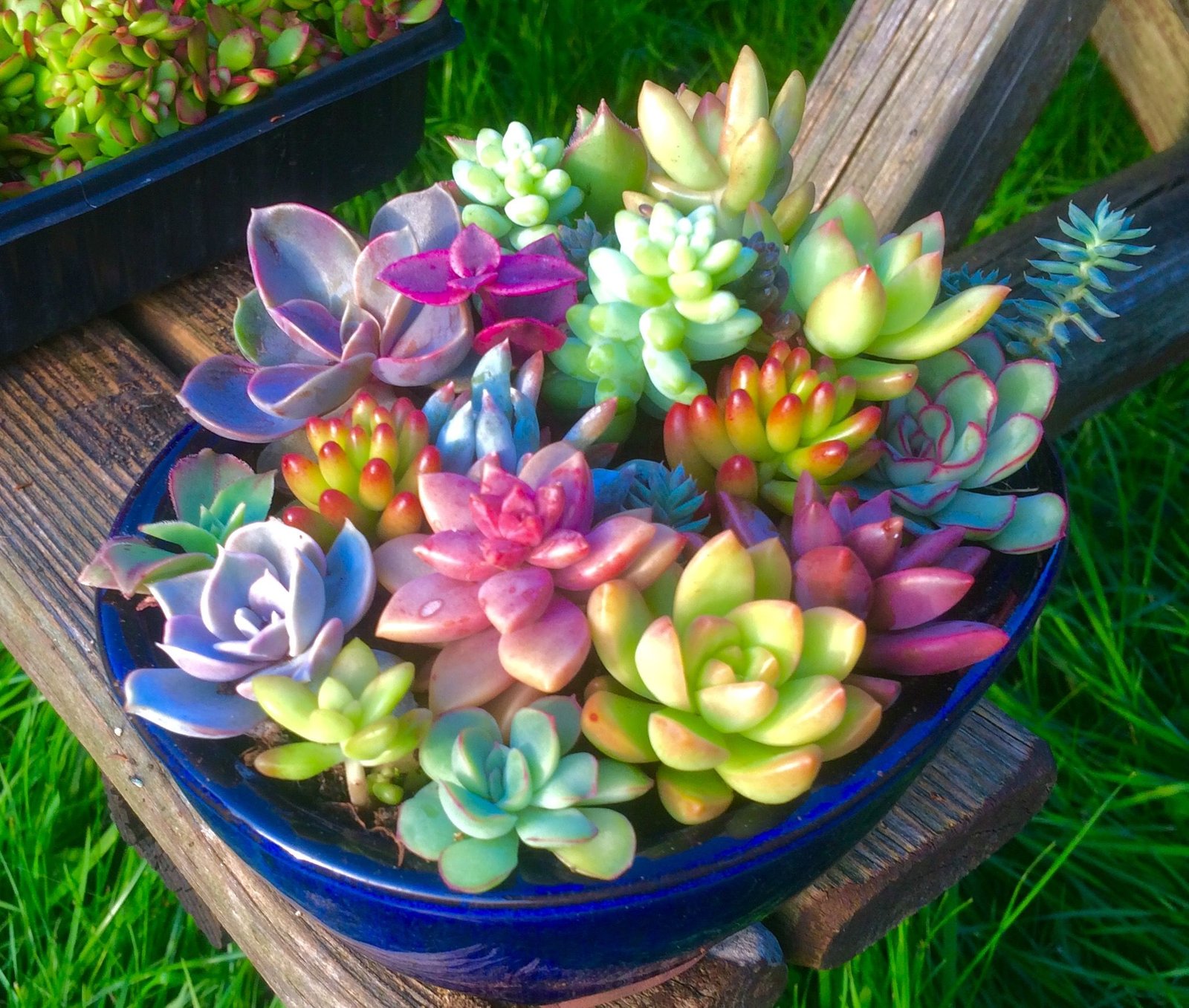As winter fades and the days grow longer, spring brings with it a desire to refresh and brighten our spaces. One of the most charming and low-maintenance ways to welcome the season is with colorful flowering succulents.
These beautiful plants not only offer vibrant blooms but also bring unique shapes, textures, and charm to windowsills, balconies, or garden beds.
Whether you’re a seasoned plant parent or just starting out, colorful succulents for spring offer a cheerful, forgiving option for indoor and outdoor décor.
In this guide, we’ll explore the best varieties, how to care for them, where to place them, and how to keep them thriving well beyond the spring season.
Let’s dive into the world of blooming succulents and how to make them the stars of your spring setup.
What Makes Flowering Succulents Special?
Succulents are already popular for their ability to store water and tolerate dry conditions, but many people don’t realize how stunning their flowers can be.
Unlike traditional houseplants, these blooms often appear in vivid pinks, oranges, reds, purples, or even multicolor gradients.
Some bloom from the center of the rosette, while others shoot out tall stalks bearing clusters of bell-like or starry blossoms.
Spring is the peak time for many succulents to put on their floral display. With the right care, even small indoor pots can produce breathtaking flowers that brighten up your home.
Benefits of Adding Colorful Flowering Succulents in Spring
Spring is all about renewal and color, and flowering succulents fit the mood perfectly. Here’s why they make excellent additions this season:
- Natural color pop without needing cut flowers.
- Drought-tolerant – perfect for eco-conscious gardening.
- Compact size – ideal for small spaces or container arrangements.
- Long blooming periods with minimal upkeep.
- Versatile décor potential, from centerpieces to vertical gardens.
You’ll also find they pair beautifully with other spring décor elements—think pastel pots, hanging baskets, and fresh greenery.
Top 10 Colorful Flowering Succulents for Spring
Let’s take a look at some of the best succulents that bloom in spring and bring a burst of color to your space.
1. Echeveria ‘Afterglow’
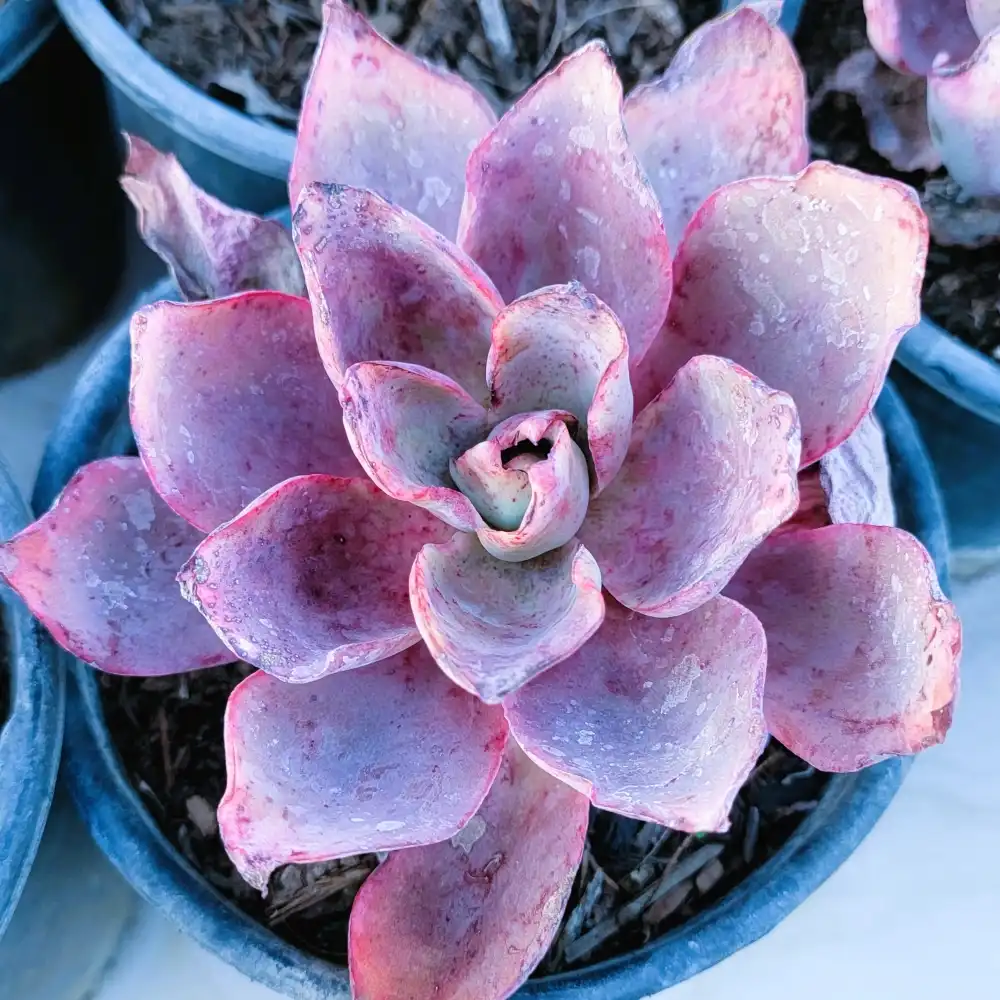
One of the most eye-catching varieties, this Echeveria features lavender-pink leaves and coral-orange flowers in spring and summer. It prefers bright light and well-draining soil. The flowers grow on tall stalks and attract pollinators like hummingbirds.
2. Kalanchoe blossfeldiana
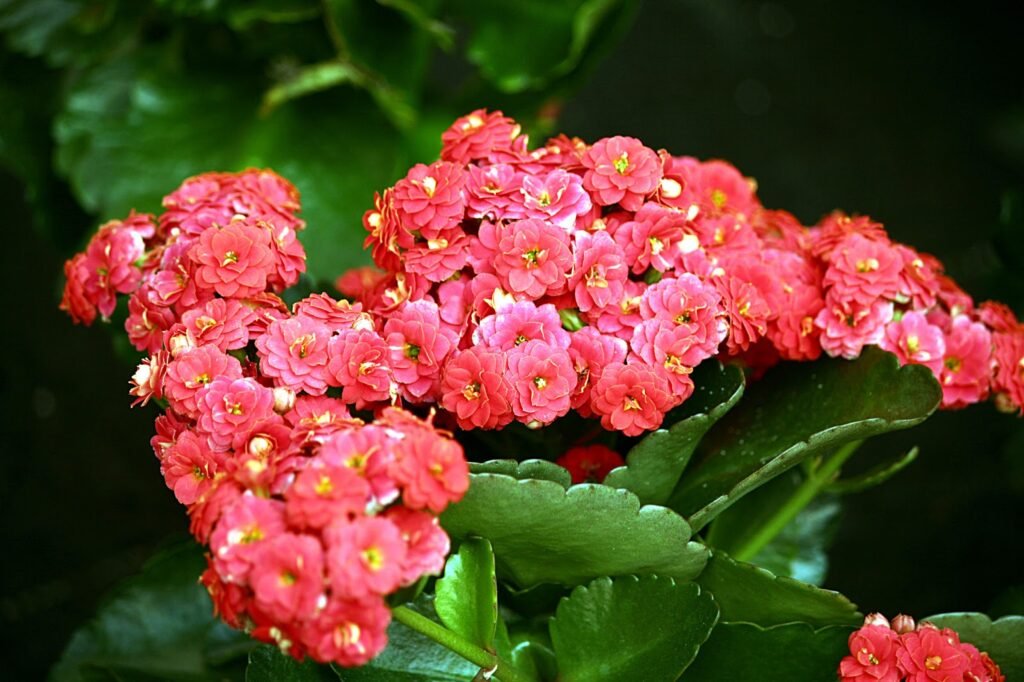
A favorite for gift-giving and home décor, Kalanchoe offers clusters of small, vibrant flowers in red, pink, orange, or yellow. It blooms for weeks and thrives in indoor lighting with minimal watering needs. Deadheading helps encourage repeat blooms.
3. Graptopetalum paraguayense (Ghost Plant)
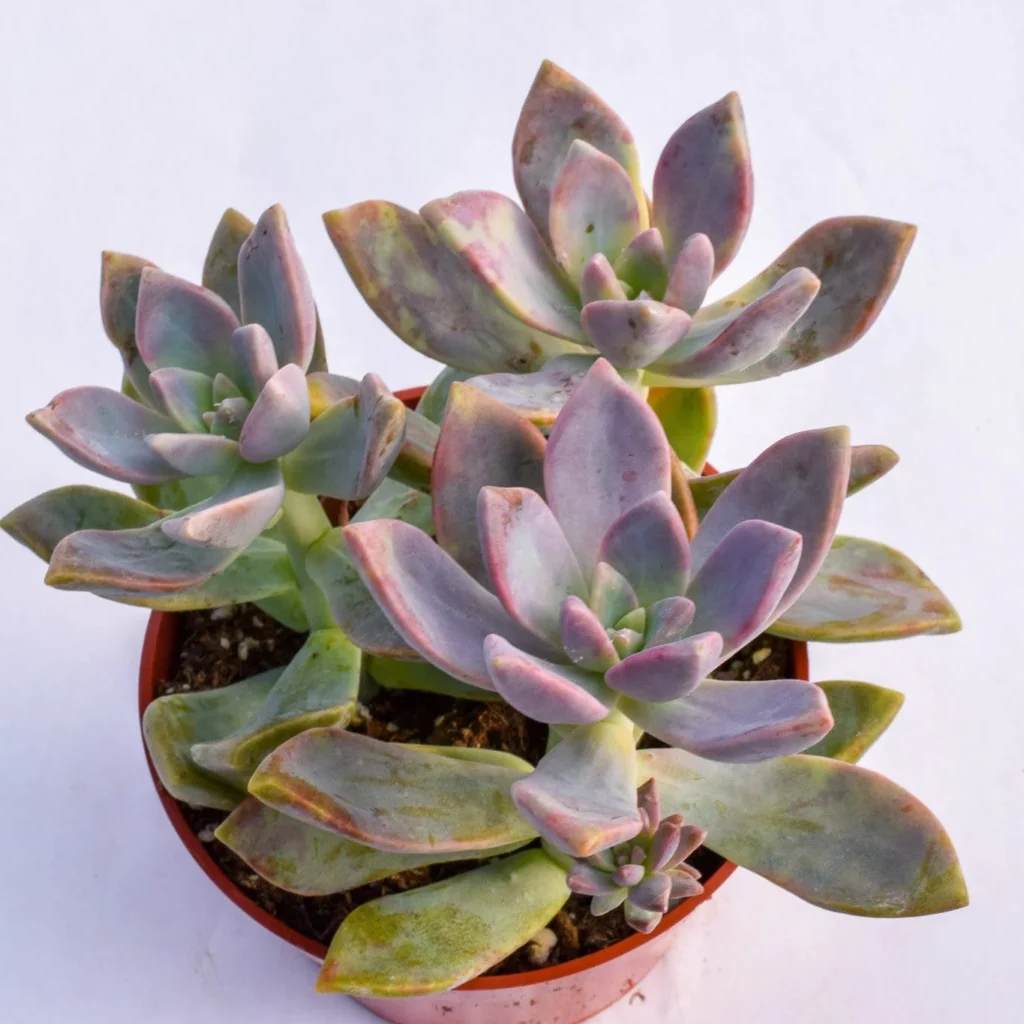
While known for its pearly, pastel foliage, the Ghost Plant produces delicate star-shaped yellow or white flowers in spring. It’s highly resilient and great for hanging baskets or terrariums.
4. Sedum rubrotinctum ‘Jelly Bean Plant’
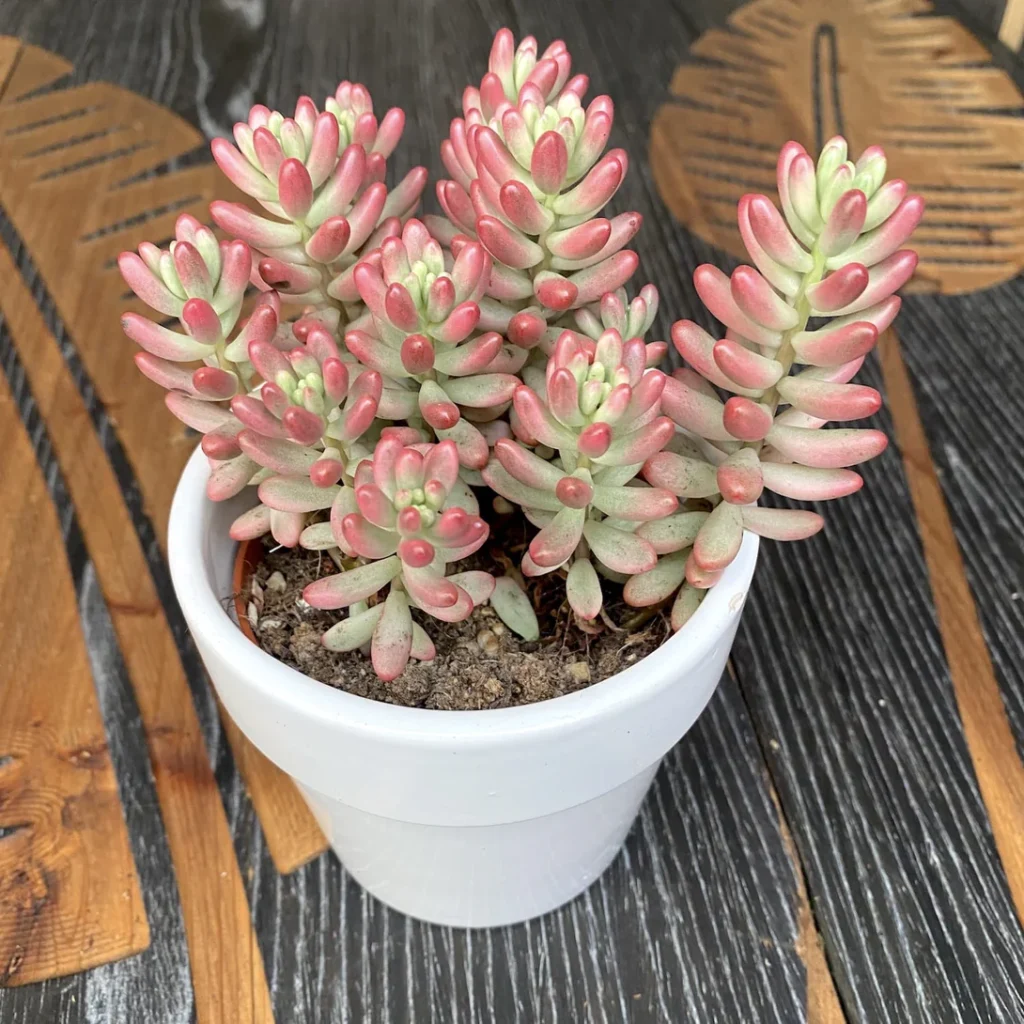
Its plump, jellybean-like leaves turn red in sun and produce bright yellow flowers in spring. It’s a playful and colorful option for windowsills and thrives with very little care.
5. Aloe ‘Christmas Carol’
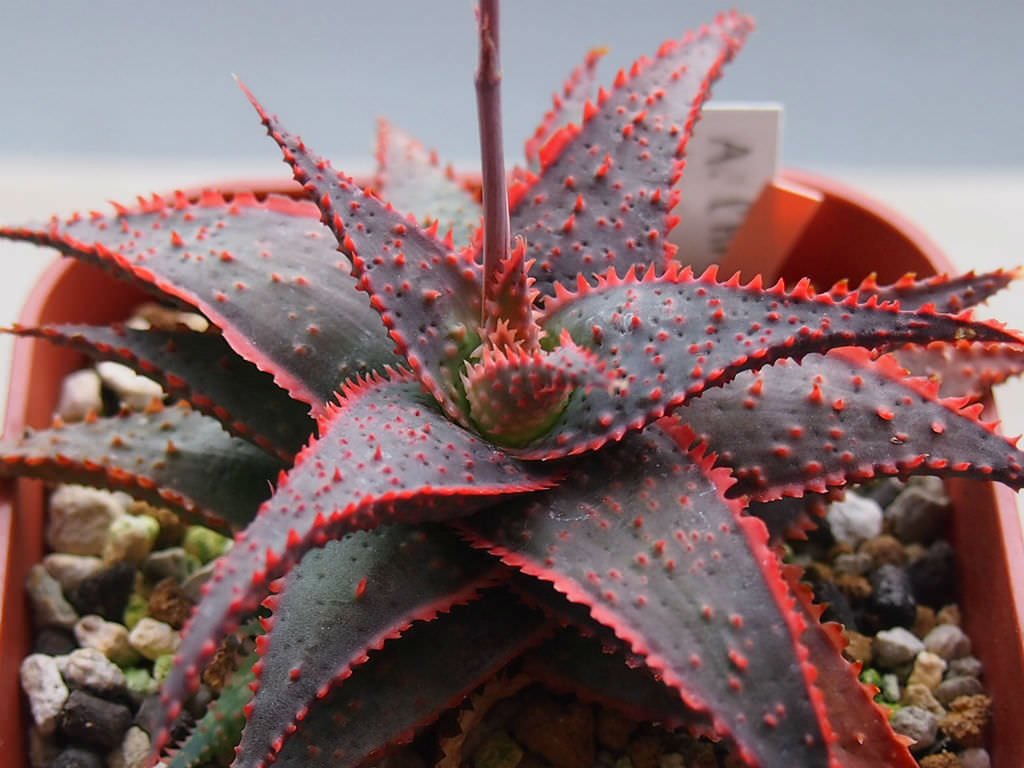
Though small, this aloe variety makes a big statement. Its dark green, red-speckled leaves are striking, and it produces coral-colored flowers on long stems in spring. It’s also compact and ideal for sunny apartments.
6. Crassula ovata (Jade Plant)
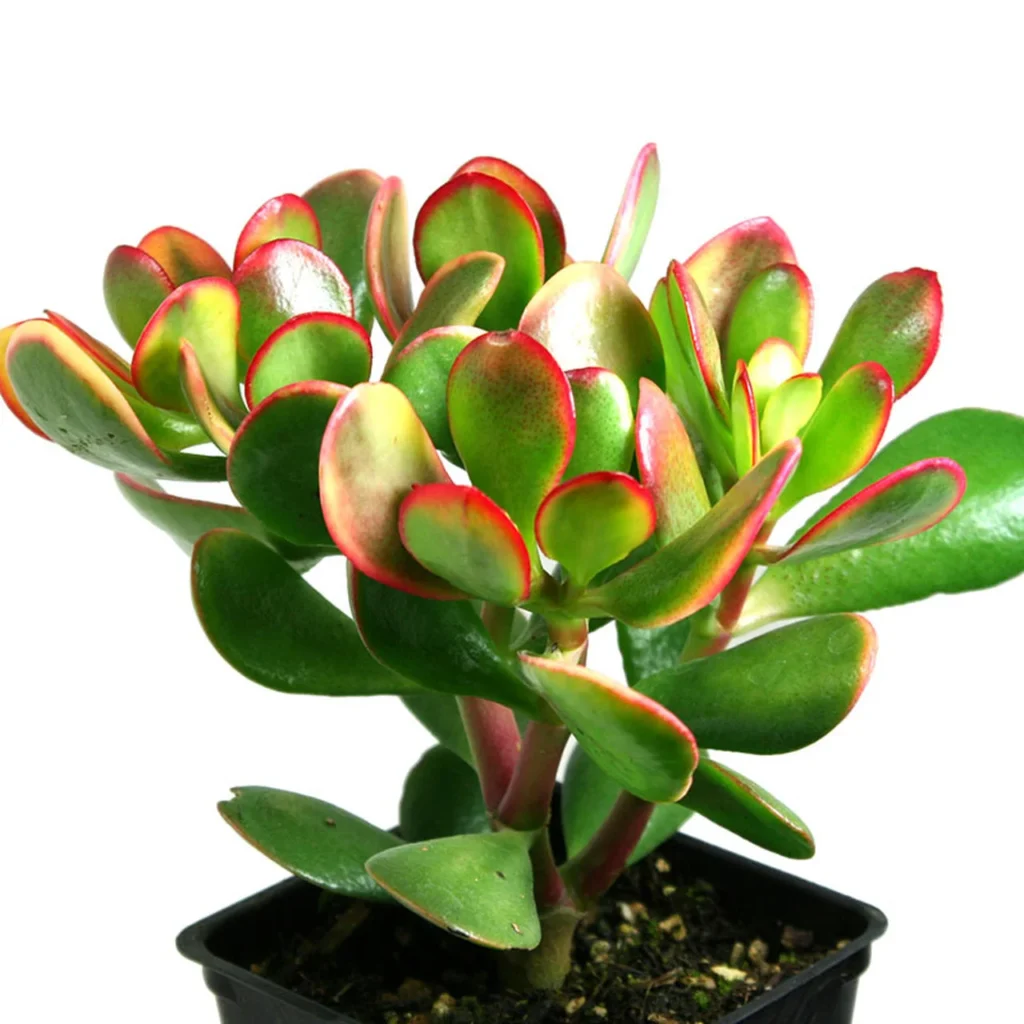
Often recognized for its tree-like shape and glossy green leaves, the Jade Plant also produces delicate starry white or pale pink flowers in early spring, especially when exposed to cooler winter temperatures and some stress. While it takes a mature plant to bloom, the payoff is well worth the wait.
7. Echeveria ‘Black Prince’
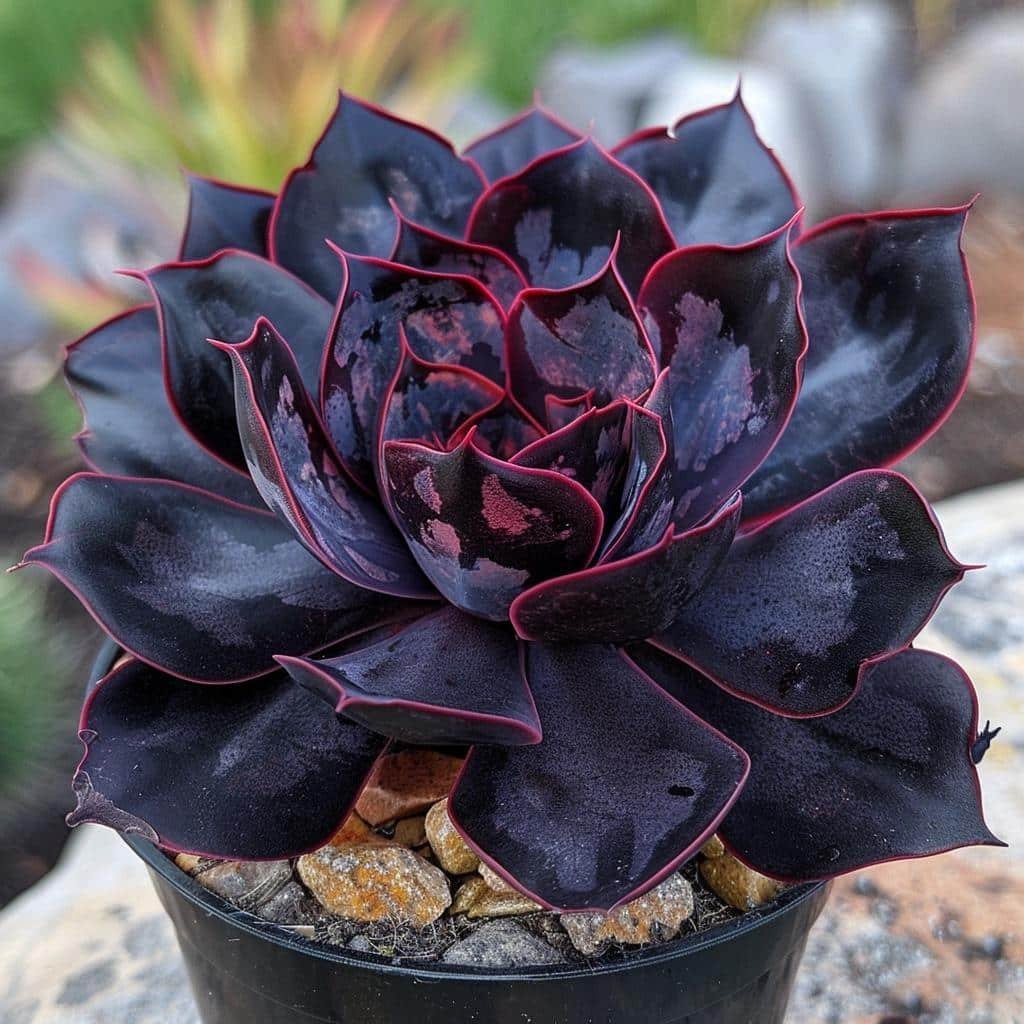
This dramatic succulent features dark purple to nearly black rosettes and stunning red-orange blooms that contrast beautifully with the foliage. It’s compact and looks striking in white or light-colored pots. Provide bright, indirect light for optimal growth and bloom.
8. Mammillaria spinosissima (Red-Headed Irishman Cactus)
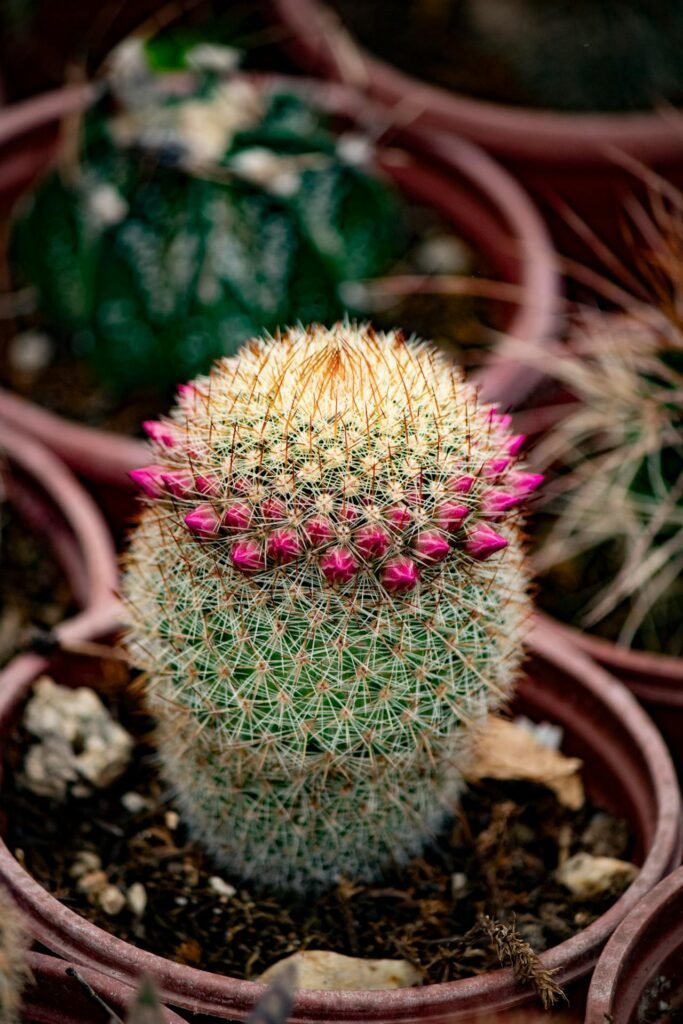
If you’re looking for a spiny but sweet bloomer, this cactus produces a halo of vivid pink flowers around its crown in spring. It’s great for sunny windows or balconies and adds an interesting texture to succulent arrangements.
9. Schlumbergera truncata (Thanksgiving Cactus)
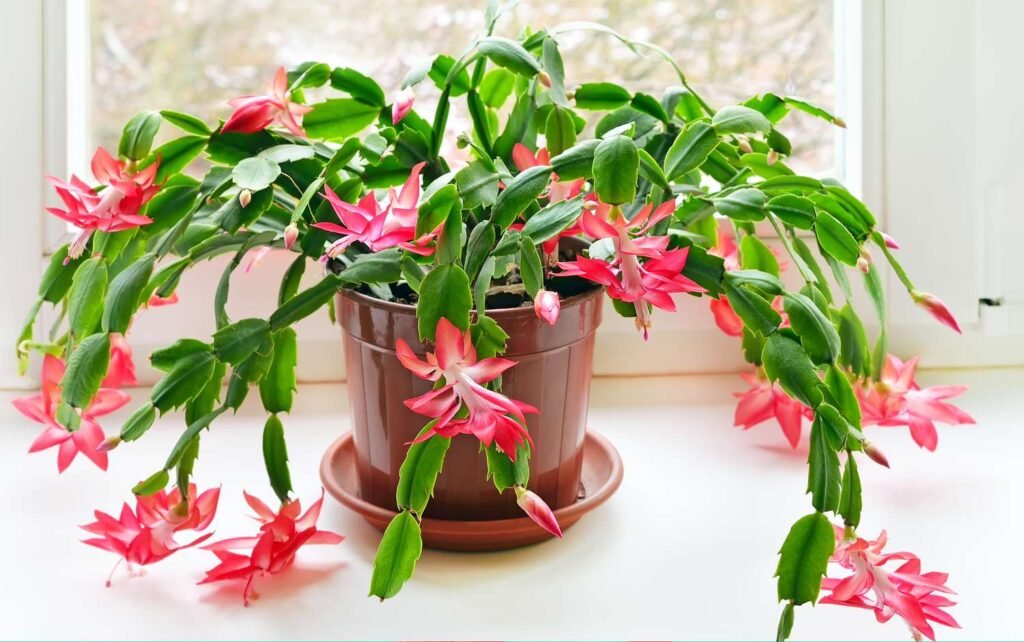
Although better known for its winter blooms, this cactus can continue blooming into spring under the right conditions. It thrives in lower light compared to other succulents, making it perfect for homes with indirect sunlight.
10. Echinopsis oxygona (Easter Lily Cactus)
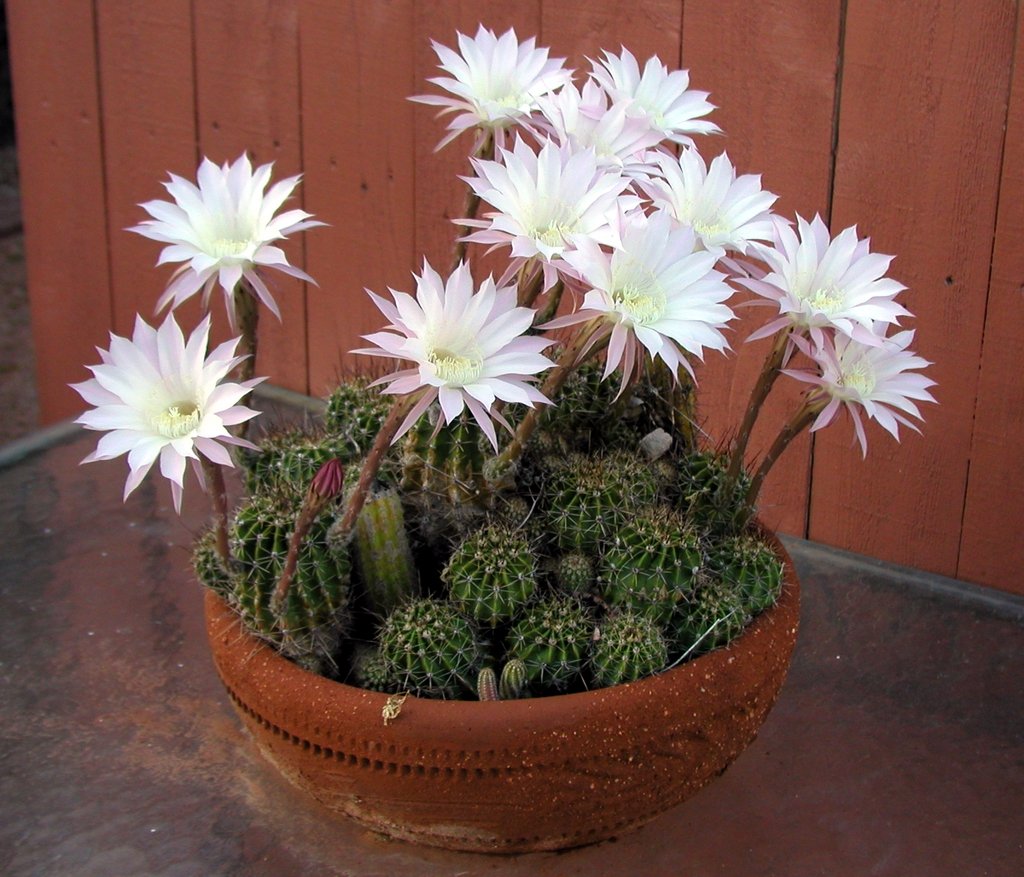
This globe-shaped cactus bursts into large, fragrant flowers—typically pink, purple, or white—during spring. The blooms open at night or early morning and only last a day, but they’re truly spectacular.
How to Encourage Blooming in Flowering Succulents
Succulent flowers aren’t guaranteed—they often need a little help from you to show their full potential. Here’s how to get the best blooms from your plants in spring:
Provide Sufficient Light
Bright light is critical. Place them near south or east-facing windows. Outdoors, make sure they’re not shaded by taller plants.
Respect Dormancy Periods
Some succulents need a winter rest period to bloom in spring. This means cooler temps and less watering. When spring arrives, resume regular watering and gradually increase light exposure.
Don’t Overwater
Overwatering discourages blooming and causes root rot. Let the soil dry out between watering. Use the “soak and dry” method.
Fertilize Lightly in Spring
Use a balanced, diluted cactus fertilizer once a month starting in early spring to support blooming. Avoid overfeeding, which can harm more than help.
Why Spring Is the Best Time for Flowering Succulents
Spring’s moderate temperatures and longer daylight hours signal to many succulents that it’s time to bloom. If you’ve been caring for your plants over winter, spring is when they reward you.
Many succulents are photoperiodic, meaning they bloom in response to day length. Others respond to temperature shifts. Either way, spring provides the right cues—along with moisture and warmth—to stimulate flowers.
How to Encourage Blooming in Flowering Succulents
Succulent flowers aren’t guaranteed—they often need a little help from you to show their full potential. Here’s how to get the best blooms from your plants in spring:
Provide Sufficient Light
Bright light is critical. Place them near south or east-facing windows. Outdoors, make sure they’re not shaded by taller plants.
Respect Dormancy Periods
Some succulents need a winter rest period to bloom in spring. This means cooler temps and less watering. When spring arrives, resume regular watering and gradually increase light exposure.
Don’t Overwater
Overwatering discourages blooming and causes root rot. Let the soil dry out between watering. Use the “soak and dry” method.
Fertilize Lightly in Spring
Use a balanced, diluted cactus fertilizer once a month starting in early spring to support blooming. Avoid overfeeding, which can harm more than help.
Styling with Colorful Succulents Indoors
Looking to show off your flowering beauties? Here are easy ways to incorporate them into spring home décor:
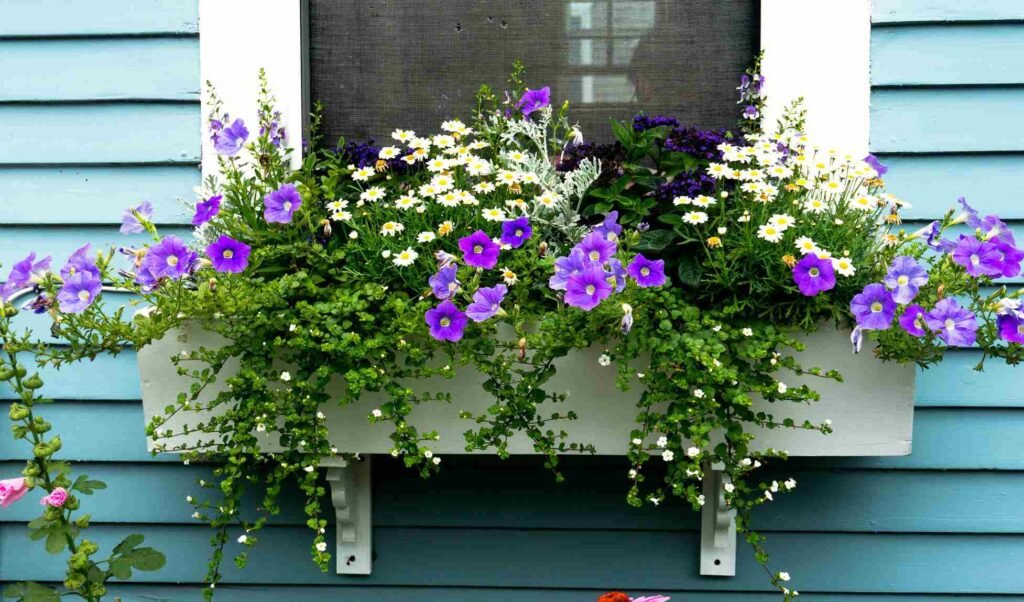
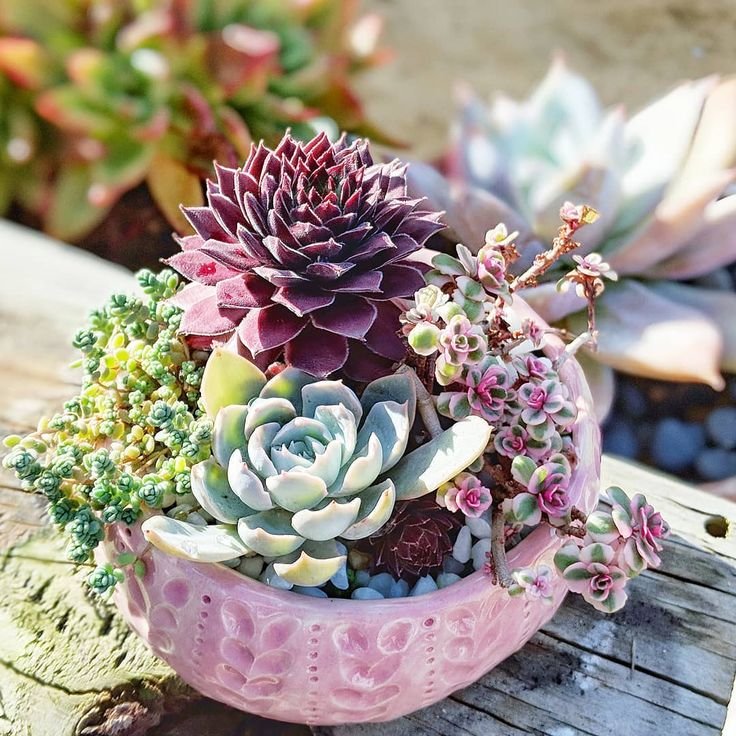
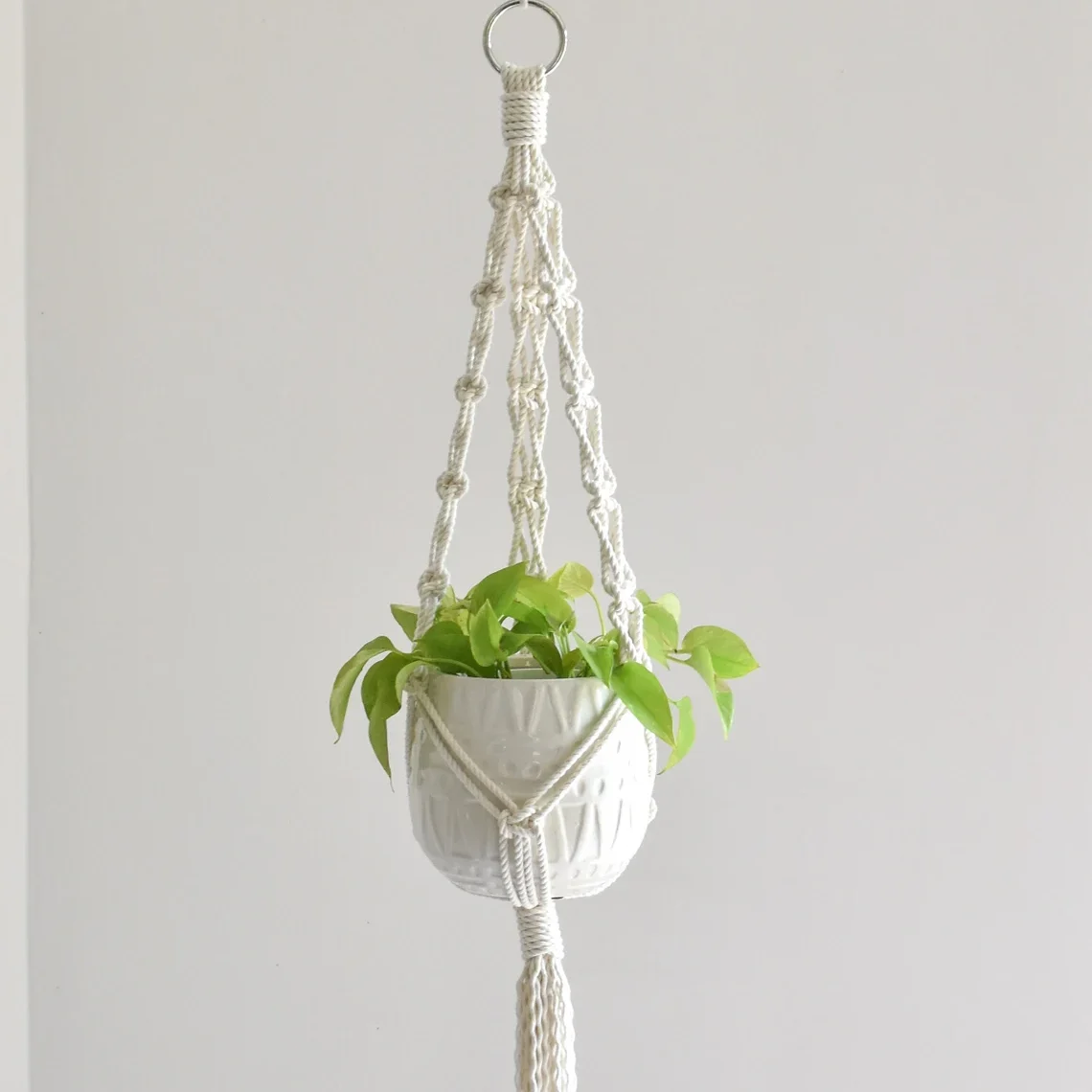
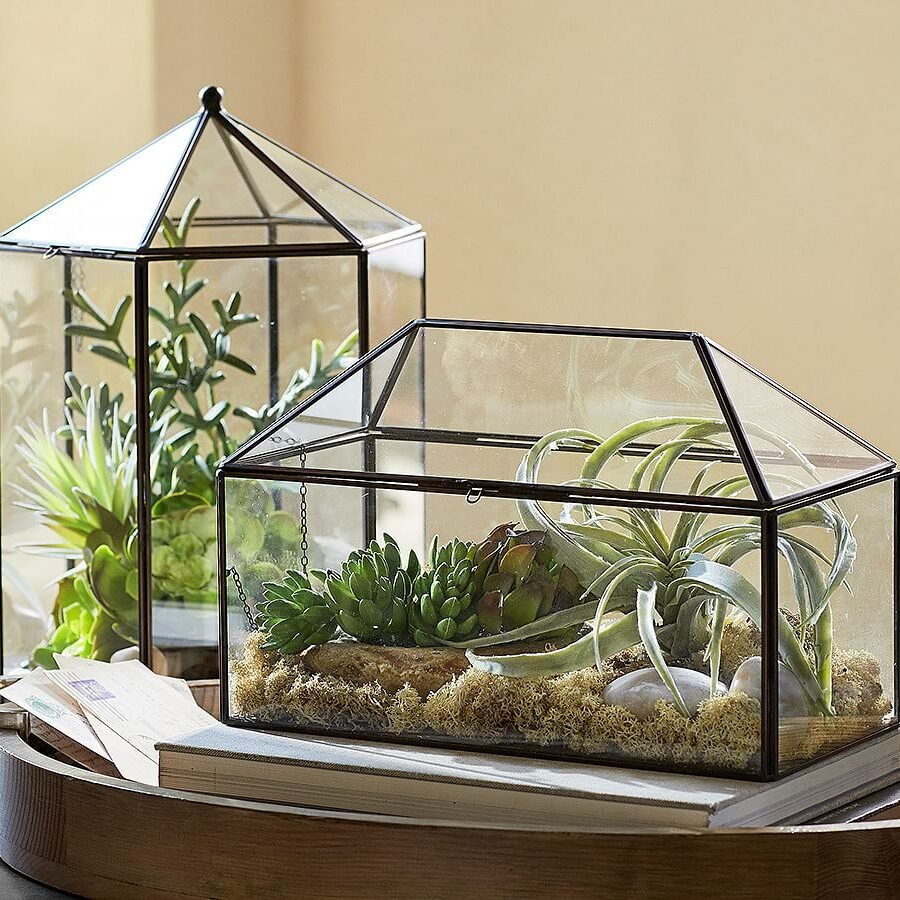
- Window Boxes: Mix and match colors like pink, orange, and lavender in rectangular boxes for a vibrant spring display.
- Table Centerpieces: Combine blooming Echeveria with small cacti in terracotta bowls for a rustic feel.
- Macramé Hangers: Trailing succulents like Kalanchoe look lovely hanging by a window.
- Terrariums: Though not always the best for flowering types, small varieties like Crassula can thrive in open-air terrariums with good airflow.
Why Spring Is the Best Time for Flowering Succulents
Spring’s moderate temperatures and longer daylight hours signal to many succulents that it’s time to bloom. If you’ve been caring for your plants over winter, spring is when they reward you.
Many succulents are photoperiodic, meaning they bloom in response to day length. Others respond to temperature shifts. Either way, spring provides the right cues—along with moisture and warmth—to stimulate flowers.
Tips for Caring for Flowering Succulents in Spring
Watering with the Season in Mind
Spring brings new growth—and that includes blossoms. But watering too much can cause more harm than good. Water deeply but only when the soil is completely dry. Succulents thrive with the “soak and dry” method, which mimics the drought-flood cycles they experience in nature.
Choosing the Right Pot and Soil
Use pots with drainage holes and a well-draining cactus mix. A gritty, sandy mix is ideal for encouraging root health and preventing rot. If you repot in spring, be gentle with roots and wait a week before watering again.
Sunlight is Your Best Friend
Most flowering succulents need at least 4–6 hours of bright, indirect sunlight daily. In low-light homes, consider grow lights during shorter days. East- or south-facing windows are ideal during springtime, especially when daylight is still increasing.
Feeding for Blooms
Spring is the time to fertilize—lightly. Choose a low-nitrogen, cactus-specific fertilizer and use it once every 4–6 weeks during the blooming season. Over-fertilizing can lead to leafy growth at the expense of flowers.
Common Problems with Spring-Blooming Succulents
Even the most experienced plant lovers face occasional challenges. Here’s what to watch for:
Lack of Blooms
If your succulent isn’t flowering, check:
- Is it mature enough? Some varieties need to age a few years.
- Has it experienced winter dormancy?
- Is it getting enough light?
Stretching or “Etiolation”
This occurs when your succulent isn’t getting enough light. The plant grows tall and leggy, often with pale leaves. Remedy it by gradually moving it to a sunnier location.
Pests Like Mealybugs and Aphids
Flowering succulents may attract pests. Wipe them off with a cotton swab dipped in rubbing alcohol. Neem oil spray can also be used—but avoid during bloom to protect delicate flowers.
Are Flowering Succulents Safe for Pets?
Many succulents are non-toxic, but not all. Flowering doesn’t usually affect toxicity, but it’s good to know what’s safe for homes with pets:
- Safe options: Echeveria, Haworthia, Graptopetalum
- Caution: Kalanchoe and Euphorbia varieties may be toxic
Always place plants out of reach or use pet-safe zones if unsure. The ASPCA website is a helpful resource to check toxicity.
Creative Spring Displays with Blooming Succulents
Ready to show off your spring bloomers? Here are fun ideas for styling them:
- Mini bouquets: Cut flowering rosettes and display them in shallow dishes or tea cups for a short-lived but gorgeous centerpiece.
- Spring wreaths: Attach small flowering succulents to a moss wreath base. They can live for weeks with occasional misting.
- Floral gift boxes: Combine Crassula blooms with Echeveria in small planters and give them as cheerful spring gifts.
Succulent Gifts for Easter, Mother’s Day, and Spring Birthdays
Spring is full of occasions where flowering succulents shine. Whether it’s a vibrant Echeveria with orange blooms or a cheerful Kalanchoe, these make thoughtful and long-lasting gifts.
Choose varieties that will keep blooming into early summer, like:
- Graptopetalum paraguayense
- Kalanchoe blossfeldiana
- Jade Plant (Crassula ovata)
Add a handwritten note and a care card—simple touches make succulent gifts feel more personal.
Final Thoughts
Colorful flowering succulents bring more than just foliage—they add joy, energy, and seasonal spirit to any home or garden. From the vivid bursts of Echeveria flowers to the dramatic blooms of Easter Lily Cactus, these plants are a stunning way to welcome spring.
With proper care—light, patience, and a little stress (the good kind!)—you can enjoy their blooms year after year.
Whether you’re building a vibrant spring windowsill, gifting a living bouquet, or just celebrating the season, flowering succulents are always in style.
FAQs: Colorful Flowering Succulents for Spring
Q1: Do all succulents bloom in spring?
Not all succulents bloom in spring, but many do. Popular ones like Echeveria, Kalanchoe, and Easter Lily Cactus produce flowers during spring due to increased light and warmer temperatures. Others may bloom in summer or fall depending on their species.
Q2: How long do succulent flowers last?
Most succulent blooms last a few days to several weeks. Kalanchoe flowers can last a month or more indoors, while Echeveria blooms tend to fade within a week or two. Environmental factors and care affect bloom longevity.
Q3: Can I cut off succulent flowers after blooming?
Yes. Once the flower fades or dries, you can gently snip the flower stalk near the base. This prevents energy drain from the plant and helps maintain its shape.
Q4: How do I encourage my succulent to flower?
Provide bright light, a slight temperature drop at night, and allow the plant to experience dormancy during winter. Use a diluted fertilizer in spring to promote blooming.
Q5: Do flowering succulents need more water?
Not necessarily. Stick to the soak-and-dry method. While some succulents may need slightly more water while blooming, it’s important not to overwater.
